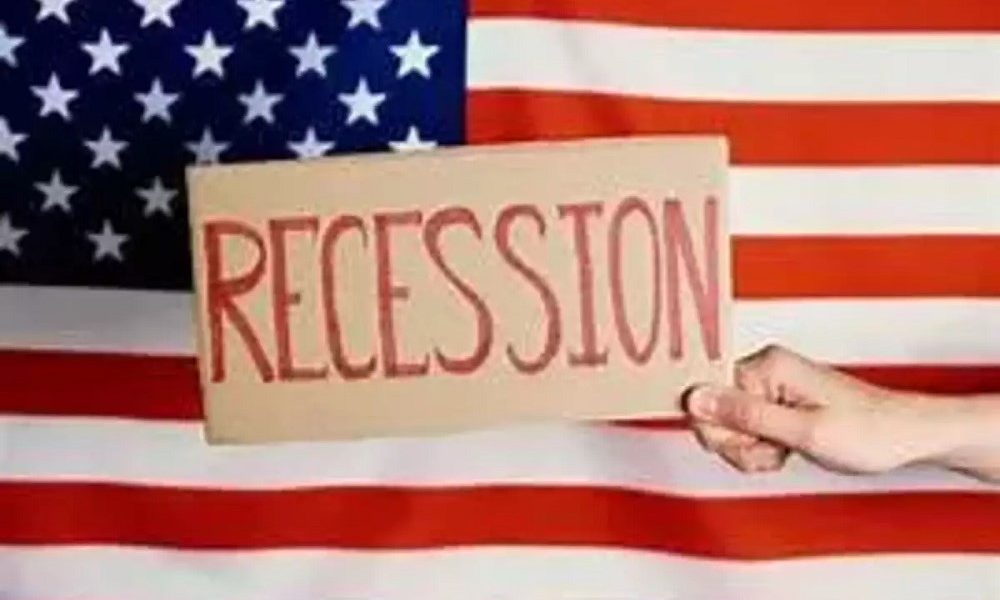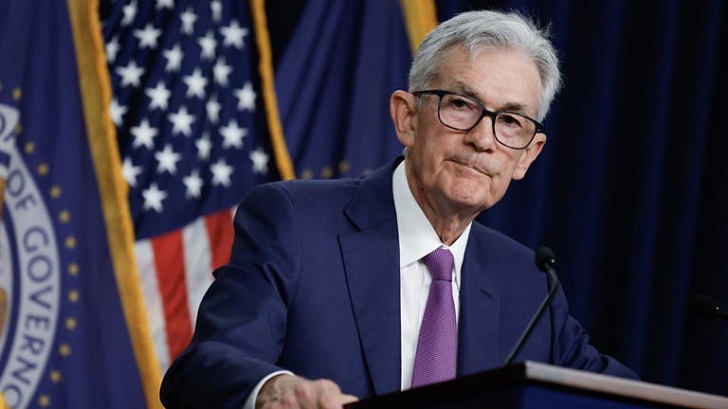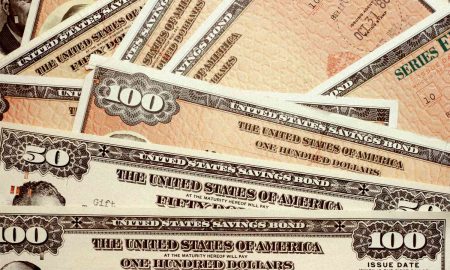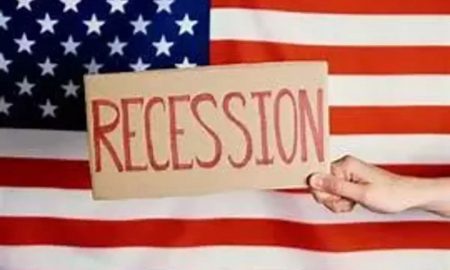
American Recession Fears: Why Experts Say the Worst May Be Over

The American economy has navigated a perplexing period of economic uncertainty, stirring debates about a potential recession. Although some experts argue that America might already be in a recession, recent data points toward economic resilience rather than collapse. With the Federal Reserve’s strategic moves, especially in managing interest rates, there’s reason to believe that the feared American recession may not be as imminent as once thought.
Examining the Current Economic Landscape
To understand the possibility of an American recession, it’s crucial to analyze key economic indicators. Traditional recession definitions hinge on consecutive quarters of declining GDP, yet the National Bureau of Economic Research (NBER) takes a broader view. NBER considers factors such as income, employment, industrial production, and consumer spending, which have shown mixed but generally positive trends. Employment has grown steadily this year, with 176,000 jobs added monthly on average, indicating a healthy labor market.
Consumer spending has also continued, albeit at a slower rate, with real spending advancing at an annualized 2.1%—down from last year but still a positive sign. Incomes have seen a reasonable increase of 2.7% annually, suggesting stability in consumer purchasing power. Industrial production, however, has remained flat, underscoring potential areas of concern in manufacturing. Taken together, these indicators reflect a cooling economy, not a recession.

CNN | MSN | American employment has grown steadily this year, with 176,000 jobs added monthly on average.
Why American Recession Fears Persist
Revised economic data often fuel recession fears. In a dynamic economy, frequent revisions are common, as analysts adjust data based on seasonal shifts and new information. Employment data, for instance, undergoes revisions influenced by official tax data, occasionally painting a picture of a less robust job market. Although yearlong payroll figures were revised downward, GDP and gross domestic income were adjusted upward, indicating that while job growth may moderate, the overall economy remains solid.
This mix of economic signals has led to ongoing debates about whether the U.S. economy has indeed entered a recession. While some argue that revisions could eventually confirm a downturn, the current indicators do not support this conclusion. Rather than suggesting an imminent recession, the revised data points to a gradual cooling in economic activity, far from a full-blown downturn.
The Impact of a Softening Job Market
Though the economy has not officially entered a recession, the softening job market could present risks. The recent dip in the Conference Board’s labor differential—a measure of job availability perceptions—signals that more consumers now feel jobs are harder to obtain. This metric, paired with a decline in hiring and quitting rates, hints at a shift in confidence among employers and employees. With fewer people voluntarily leaving jobs, the labor market appears cautious, indicating a potential deceleration in employment growth.
Despite these signs, the labor market remains resilient. The September employment report provided some relief by showing an unexpected rise in jobs. However, such surges can be anomalous, and if unemployment rises further, it could impact consumer confidence and spending, potentially slowing economic growth. The Federal Reserve’s recent 50-basis-point rate cut reflects its awareness of these risks, aiming to ease pressures in the job market and encourage continued employment stability.

Derek Saul | MSN | The Federal Reserve’s recent 50-basis-point rate cut aims to ease pressure in the job market and encourage continued employment stability.
Market Reactions and Investor Outlook
The financial markets often react more to economic outlooks than past performance, and recent market movements underscore this trend. With inflationary pressures seemingly persisting, the markets are pricing in expectations of ongoing growth. This outlook has driven bond yields higher, raising mortgage rates and contributing to discussions of a “no landing” scenario—where inflation remains steady and growth continues without a significant slowdown.
Yet, the market’s response may be overly reactive. A closer look suggests that growth will likely stabilize with moderate inflation. This scenario would provide a favorable environment for bond performance as yields potentially decline, signaling opportunities for bond investors. In contrast, equity markets may see less immediate gain as the economic landscape shifts toward slower growth.
The Fed’s Role in Sustaining Economic Stability
The Federal Reserve’s actions will continue to play a critical role in maintaining stability. By adjusting interest rates in response to changing labor market dynamics, the Fed signals its commitment to balancing growth with inflation control. If unemployment rises or labor conditions worsen, another rate cut could support the job market, easing concerns of a more severe economic slowdown. This proactive approach highlights the Fed’s intent to mitigate risks, helping foster a stable economic environment.
Ultimately, the combination of cautious optimism and responsive policy moves suggests that while the American economy faces headwinds, it may steer clear of a recession. The indicators, although mixed, collectively present an economy navigating a soft landing, with gradual cooling rather than an abrupt halt.
More in Business & Finance
-
`
Everything You Need to Know About an Assumable Mortgage
What is an Assumable Mortgage? Whether you are a buyer or a seller, understanding the concept of assumable mortgages can open...
June 6, 2024 -
`
Layoff vs. Fired – Understanding the Crucial Differences
When it comes to job loss, understanding the distinction between being layoff vs. fired is crucial. While both situations result in...
May 30, 2024 -
`
When Are Business Taxes Due 2024? Essential Dates and Deadlines
Tax deadlines can be daunting, but fear not! Let’s break down everything you need to know to stay on top of...
May 22, 2024 -
`
How Much Does Jeff Bezos Make Per Hour? It’s More Than You Think!
Jeff Bezos, a name synonymous with innovation and wealth, stands as one of the world’s richest individuals. While Bernard Arnault and...
May 16, 2024 -
`
What is Portfolio Investment Entity (PIE) and How Can it Benefit You?
In the intricate world of finance, individuals seek avenues to optimize their investments while minimizing risks. One such avenue gaining traction...
May 9, 2024 -
`
What is a Bank Statement? Understanding its Definitions, Benefits, and Prerequisites
Ever wondered where your money goes? A bank statement is like a financial report card, giving you a clear picture of...
April 30, 2024 -
`
Branded Content: A Genuine Way to Connect With Your Audience
Have you ever binge-watched a series on Netflix, only to later realize that the beverage everyone’s sipping on is that brand...
April 23, 2024 -
`
What Car Does Jeff Bezos Drive? Find Out Inside His Exclusive $20 Million Collection
Have you ever wondered what car does Jeff Bezos drive? This man’s tastes in vehicles are as expansive as his business...
April 17, 2024 -
`
Redeeming Your Savings Bonds – Here’s What You Need to Know
Today, savings bonds stand out as a steadfast option for many Americans. If you are pondering over the process of U.S....
April 11, 2024















You must be logged in to post a comment Login